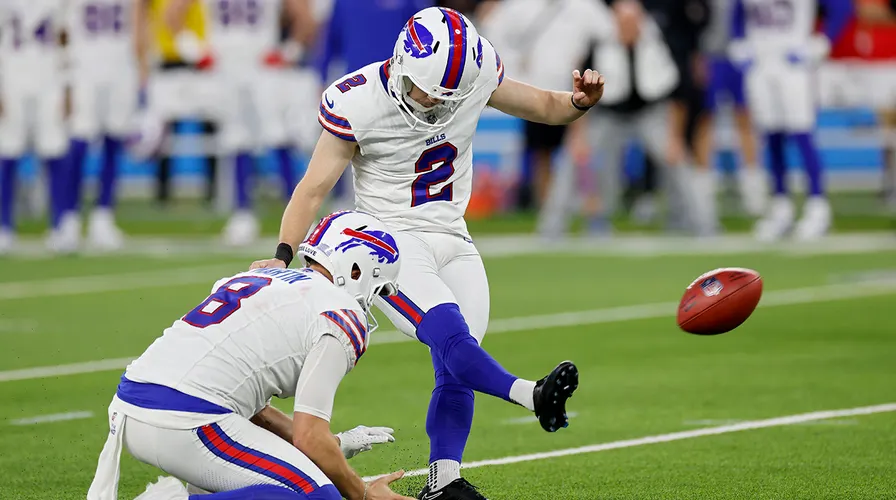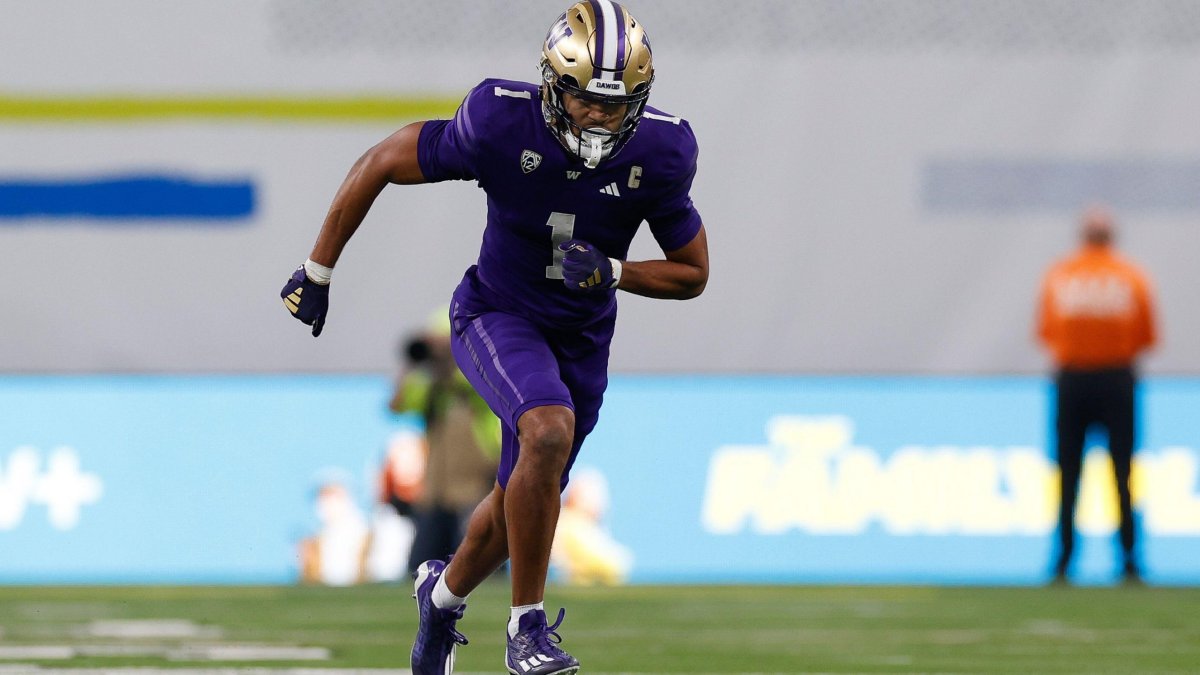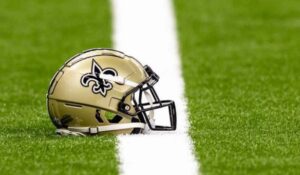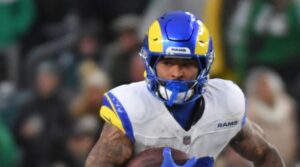
The Buffalo Bills’ decision to trade star receiver Stefon Diggs is difficult to interpret as part of a deliberate strategy. Regardless of the trade’s value, it’s evident that wide receiver is now a pressing need for a team with aspirations of Super Bowl contention, especially with Josh Allen at quarterback.
Although free agency activity has mostly concluded, the Bills still have several potential avenues to address their receiver situation and potentially acquire an impact player. This article will examine each of these options in detail.
TRADE OPTION:
In the absence of a clear-cut No. 1 receiver available in free agency, the Buffalo Bills may explore trade opportunities to bolster their receiving corps. Currently, the team’s top receiving threats might not even be traditional wideouts, with tight ends Dawson Knox and Dalton Kincaid, or running back James Cook, potentially assuming primary receiving roles over incumbent receiver Khalil Shakir or newcomer Curtis Samuel.
One feasible trade scenario could involve utilizing the 28th overall selection in the upcoming draft to acquire a top-tier receiver. While teams like the Cincinnati Bengals and the San Francisco 49ers have shown reluctance to part with players like Tee Higgins and Brandon Aiyuk, respectively, they may reconsider if presented with a lucrative offer, particularly one involving a first-round draft pick. Both Higgins and Aiyuk have demonstrated the capability to serve as No. 1 options, making them attractive targets for the Bills. However, any potential deal would require careful consideration of the player’s contract demands.
GO BIG OR GO HOME:
Alternatively, the Bills could opt for a bold move by targeting a standout receiver in the upcoming draft. One such prospect is Marvin Harrison Jr., who is garnering comparisons to legendary players like Calvin Johnson. Despite being unlikely to secure a top-10 draft position, Buffalo could emulate the Atlanta Falcons’ aggressive approach in 2011 when they traded up to select Julio Jones at No. 6 overall. While such a move would be costly and high-risk, it could pay dividends if the selected receiver proves to be a transformative talent, akin to Jones.
It’s worth noting that this year’s draft class boasts considerable depth at the receiver position, offering the Bills the opportunity to exercise patience and potentially secure a quality prospect beyond the first round. While pursuing such an aggressive strategy may seem irrational, it could yield substantial rewards if the Bills emerge from the draft with a player of Harrison’s caliber, or even if another team selects a player like Malik Nabers, leaving Harrison available for Buffalo.
IDENTIFY YOUR TARGET:
Despite picking at No. 28 overall, the Buffalo Bills find themselves in a favorable position to address their need for a receiver in a draft loaded with talented prospects. While the consensus top three receivers may stand out, there’s still plenty of quality options available beyond the first round.
Considering players like Adonai Mitchell, Ladd McConkey, Xavier Worthy, and Troy Franklin, who rank within the top eight receivers on the consensus draft board, Buffalo has the opportunity to select a potential impact player with their first-round pick. Additionally, they could identify their preferred target among these prospects and potentially trade up to secure him if necessary, or simply opt to stay put and select the best available receiver at No. 28.
THE GREEN BAY PACKERS APPROACH:
Following the Green Bay Packers’ model from last season, the Bills could enhance their chances of landing an immediate contributor by doubling or even tripling down on receivers in the same draft. By investing multiple picks in the position, they increase the likelihood of finding a player who can make an impact right away.
For instance, the Packers selected five pass-catchers in the previous draft, including two second-rounders and a third-round pick. While injuries affected some players’ contributions, having multiple options allowed them to mitigate any potential setbacks. Even if not all picks pan out as expected, the strategy of hedging their bets paid off, showcasing the value of depth at the position.
With 10 draft picks at their disposal, the Bills could consider allocating three of them to address their receiver need. By targeting players like Adonai Mitchell, Johnny Wilson, and Tahj Washington with their first, fourth, and fifth-round selections, respectively, they could significantly bolster their receiving corps. This approach offers flexibility and the opportunity to maximize their chances of landing impactful contributors in the draft.
/cdn.vox-cdn.com/uploads/chorus_image/image/72540061/usa_today_21192961.0.jpg)






